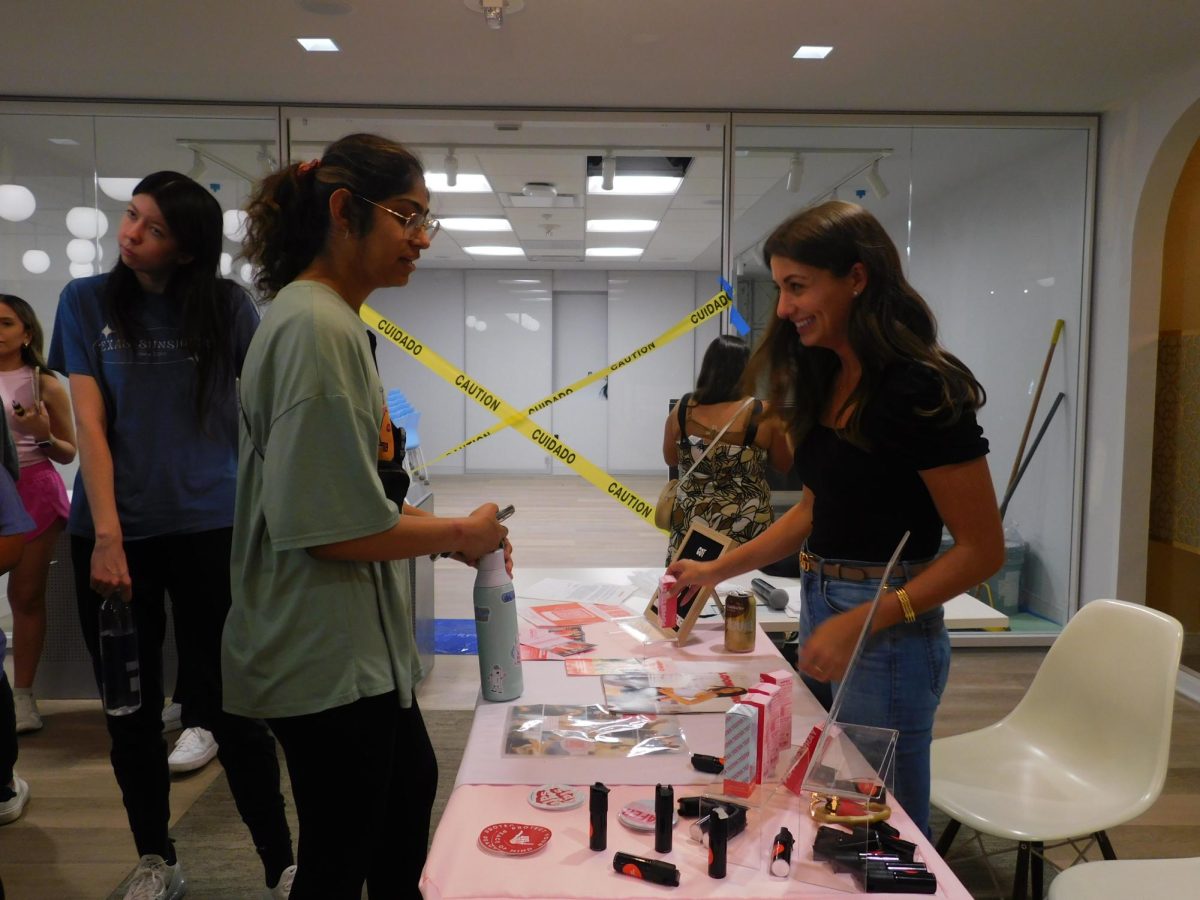Erroneously thought of as an Asian-specific plant, bamboo can grow anywhere and in any climate — even in a hot, Texas summer.
The 18th Annual Texas Bamboo Festival, organized by the Texas Bamboo Society, brought people from different walks of life out to Zilker Botanical Garden this past weekend. Featuring vendors, auctions and workshops, the event brought Texans together in an effort to familiarize them with the evergreen and its many uses.
“We hope everyone walks away from the festival with a better understanding of the role bamboo can and does play on our planet, its many local uses, and its simple beauty,” said David Glover, vice president of the Texas Bamboo Society, a group with about 150 members.
From flutes to jewelry, many vendors insist on using bamboo because of the quality of product that can be achieved, despite it being a harder material to craft with. Most of these vendors, however, are only following traditions — some of which date back more than two centuries.
Good Medicine Flutes founder Pat Partridge had many flutes on display in her booth inspired by the traditional Native American types, which were made with one of the few bamboo plants native to North America.
“Bamboo is a little more temperamental than most woods; you have to be very careful with it,” Partridge said.
The difficulties with the wood are because of its fragile nature. A drill or any other power tool used on wood will split the bamboo. As a result, crafters must use hand tools and techniques that date back to past generations. There seemed to be a consensus at the festival that this isn’t a bad thing. Matthew English’s presentation on how to handcraft bamboo was one of the more popular events of the day.
Jack Farrell drove up from Houston to set up a booth to display his bows and arrows. Though he considers the craft a hobby, his expertise and passion are boundless. Farrell has traveled around Asia, meeting some of the finest living bow and arrow makers, and collecting arrows that date back 150 years. But he is no weekend hobbyist. Farrell uses the knowledge he has acquired to collect and make experimental, historically-based artifacts.
“If you are building a reconstruction of a Mongol arrow, you are going to need the appropriate materials, and if you want to make a scientific statement, it has to be done with the appropriate materials. All Mongol arrows are made of bamboo, and that’s one of my interests,” Farrell said.
To create the arrows, Farrell blows up photos of the artifacts and designs around them, which is what makes them “experimental.” There are no historical documents on how to design these, so the concept of a perfect replica is interpretable.
Farrell’s dedication to craft and the natural world that is often forgotten in a busy city such as Austin is the sort of thing that draws many attendees to the festival. However, for many others, the aesthetic of bamboo is enough of an attraction.
Robby Rodriguez has been a Texas Bamboo Society member for five years. He traveled to the festival from San Antonio with his wife Sonya, mostly because the society has its annual meeting before the festival, but also for the bamboo itself.
“I just like the way bamboo looks. It’s a great screen in your backyard to block off your neighbors; it’s a nice big, green screen,” Rodriguez said. “I did buy one plant today: Black Timor. It’s a tropical bamboo so it may die in the wintertime. But one thing about bamboo is that even if it dies all the way to the ground, a lot of times it comes right back up the next year. Even if you lose it, you can expect it to be back.”




















